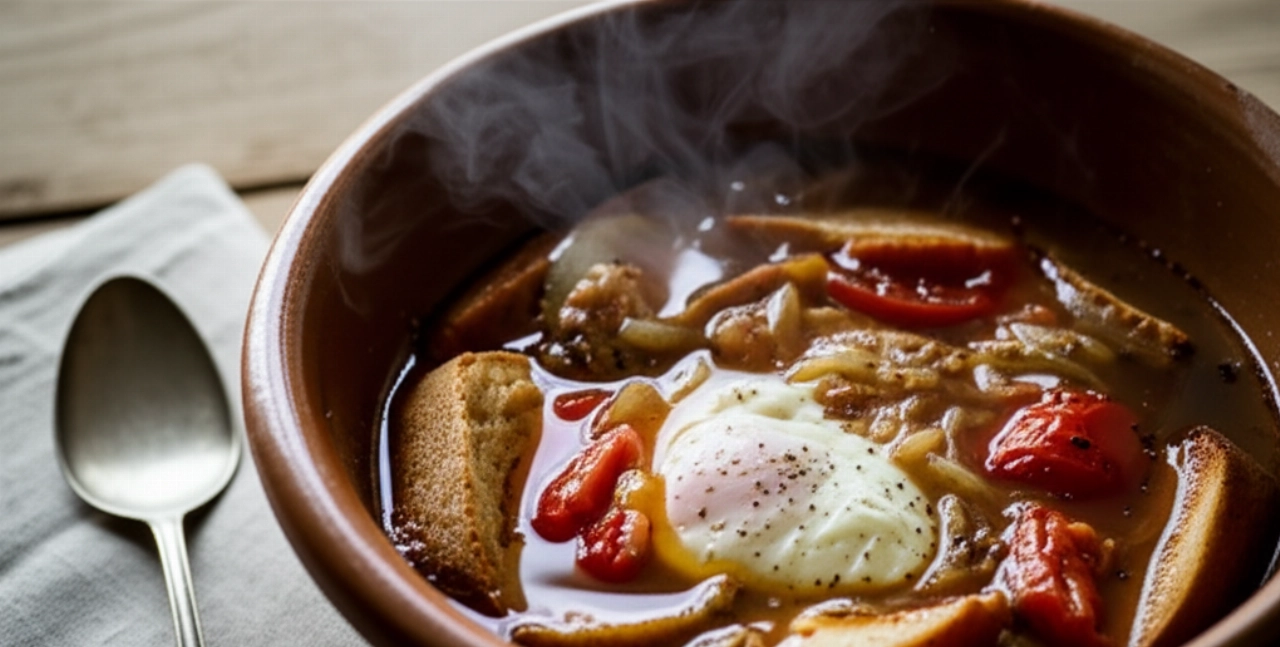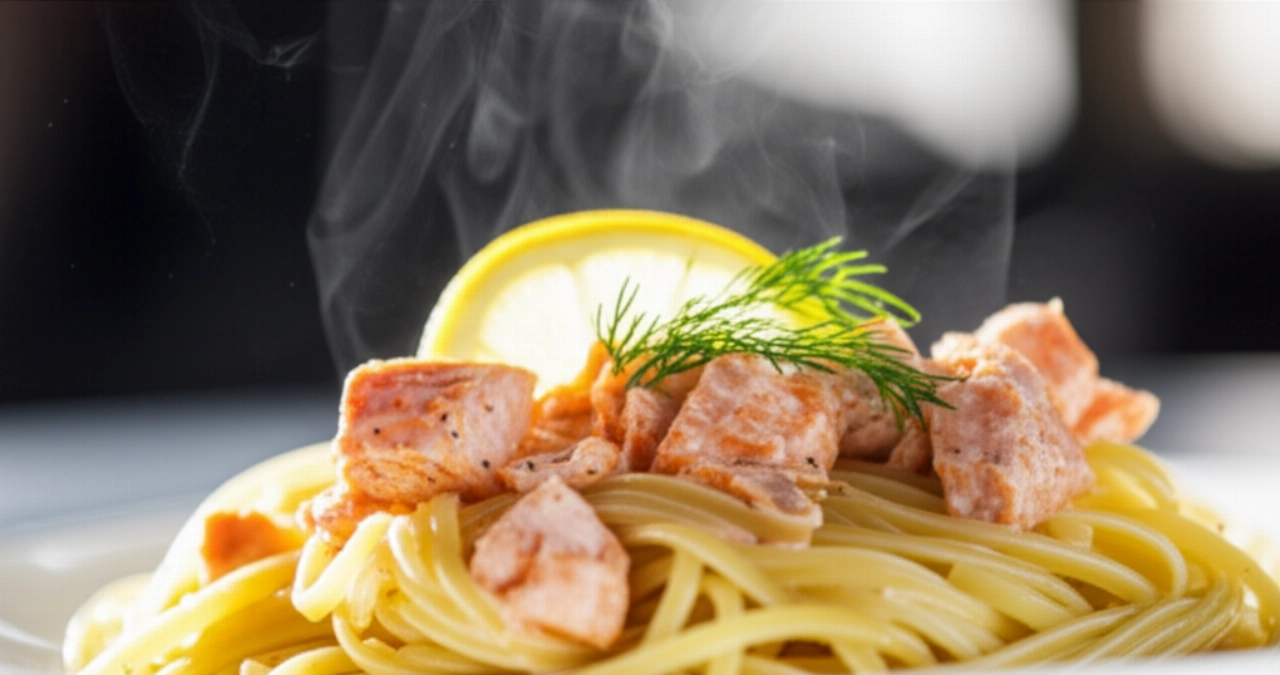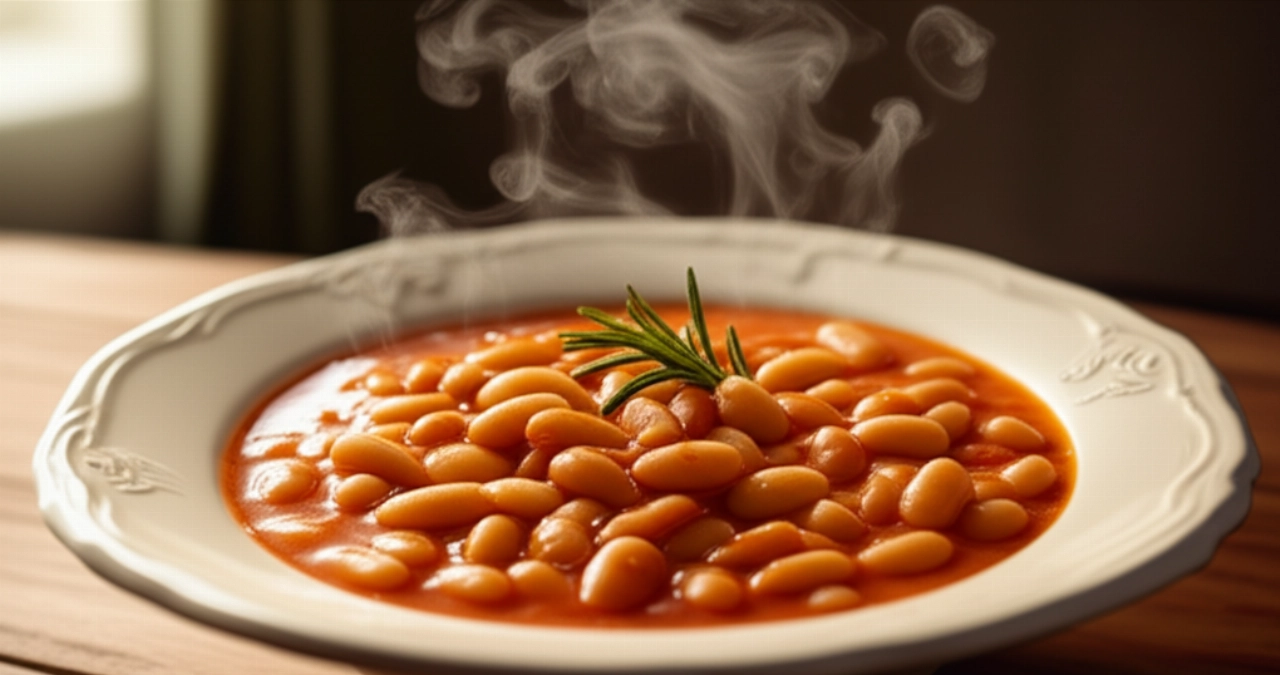Do you dream of bringing to the table a fresh egg pasta that smells of home, of tradition, with that perfect consistency that only grandma's hands can give? That smooth, elastic sheet, ready to welcome any sauce, that makes you feel like a true chef, even if it's your first time?
Perhaps you've tried in the past and the dough was too sticky, too hard, difficult to roll out, or the result wasn't up to your expectations, making you fear wasting precious time and ingredients.
Make yourself comfortable, because on this page you won't just find a list of ingredients. I'll guide you step by step, revealing all the tricks and secrets to prepare the best and easiest Fresh Egg Pasta of your life. I promise you that success is guaranteed, and the aroma in the kitchen will be your sweetest reward. Here you'll feel at home, just like at grandma's!
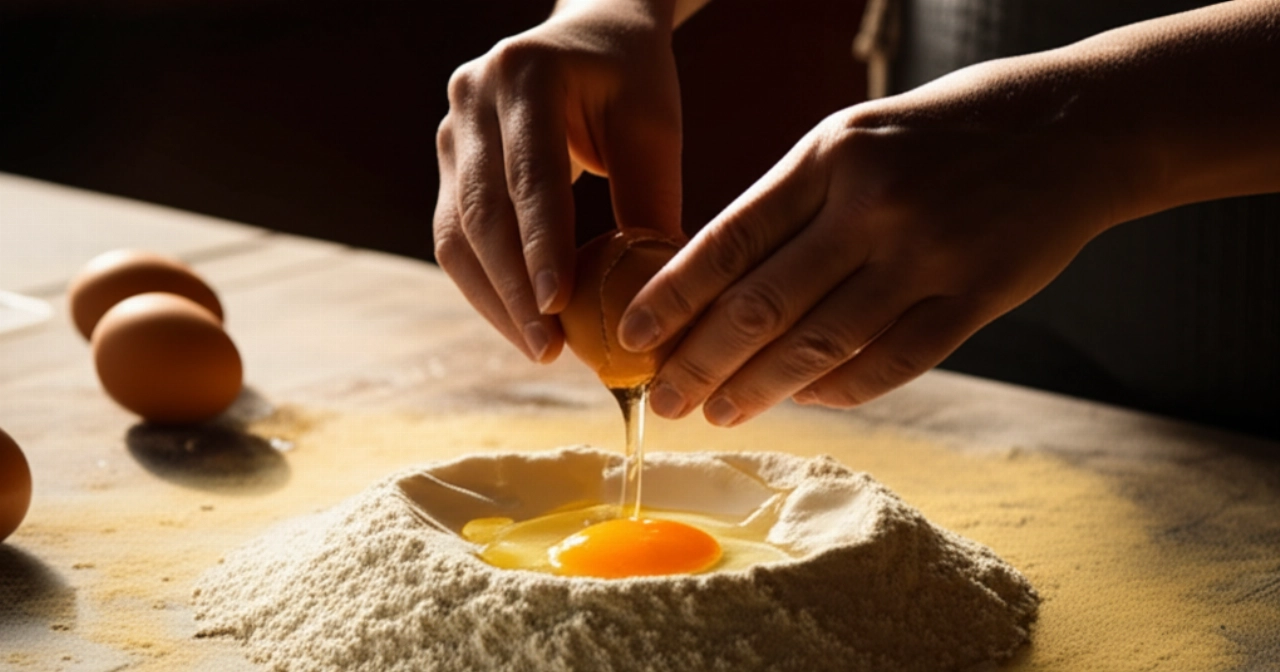
Ingredients for Perfect Fresh Pasta: The Choice That Makes the Difference
For fresh pasta that is a true masterpiece, the quality of the ingredients is fundamental. It's not just about quantity, but about choosing carefully, because every element plays a crucial role.
Here's what you need and why:
- 00 Flour (or Soft Wheat Flour type 00): It's the base of our pasta. Its fineness and low gluten content make it perfect for a smooth and easy-to-work dough. For greater tenacity, you can mix it with a small part of durum wheat semolina (about 20-30% of the total).
- Very Fresh Eggs (Large, Room Temperature): They are the soul of the pasta. Fresh eggs guarantee a more intense color and a richer flavor. It's essential that they are at room temperature: they will blend better with the flour, making the dough more homogeneous and elastic. As a golden rule, calculate about 100 grams of flour for each large egg (about 55-60g each).
- A Pinch of Salt: Don't underestimate the salt in the dough! It not only adds flavor to the pasta itself but also helps strengthen the gluten network, making the dough more elastic and resistant during processing.
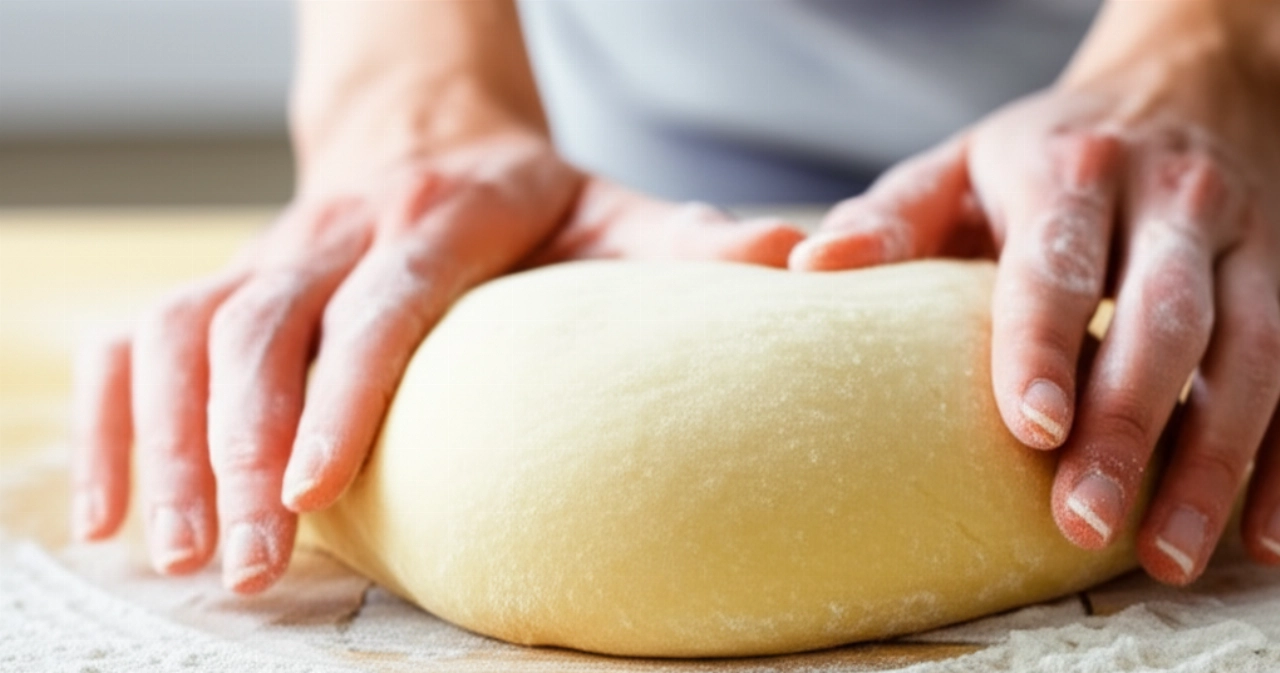
3 Common Mistakes in Fresh Pasta (and How to Avoid Them)
Preparing fresh pasta is an art, but also a science. Often, small mistakes can compromise the final result. But don't worry, I'm here to reveal the most common pitfalls and how to avoid them, so you can feel confident in every step.
- Not Using Room Temperature Eggs: This is a classic mistake! Cold eggs from the fridge don't bind well with the flour, making the dough harder to work with, less homogeneous, and less elastic.
- How to avoid it: Take the eggs out of the fridge at least 30 minutes before you start kneading. If you're in a hurry, you can immerse them in lukewarm water for a few minutes.
- Not Kneading Enough (or Kneading Too Little): Fresh pasta dough needs to be worked for a long time to develop gluten, which is responsible for elasticity and tenacity. Under-kneaded dough will be fragile and break during rolling.
- How to avoid it: Knead vigorously for at least 10-15 minutes, until the dough is smooth, homogeneous, and elastic. It should "spring back" if you press it with a finger.
- Not Letting the Dough Rest: This is a step many skip due to haste, but it's crucial! Resting allows the gluten to relax and the dough to hydrate uniformly, making it much easier to roll out and less prone to tearing.
- How to avoid it: After kneading, wrap the dough ball tightly in plastic wrap (or a damp cloth) and let it rest at room temperature for at least 30 minutes (an hour is better).
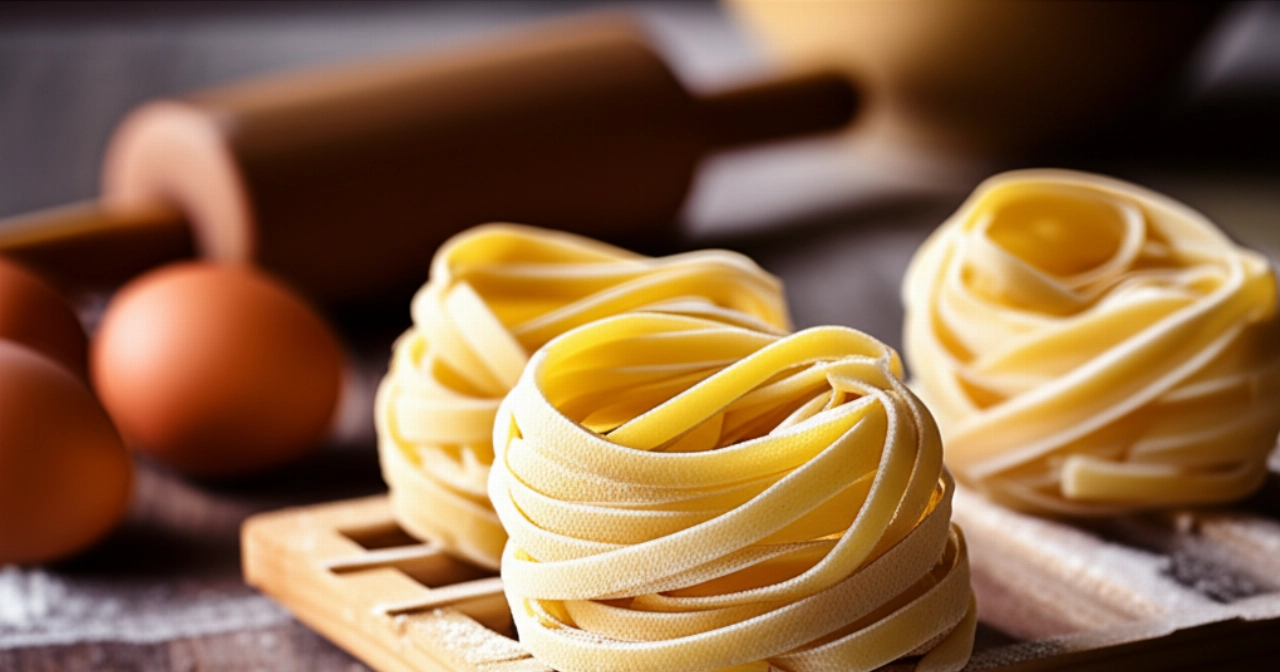
The Magic Touch: The Advice My Grandmother Passed Down to Me
My grandmother, with her knowing hands and reassuring smile, always told me: "Remember, dear, pasta is alive. Listen to it." And her most precious secret was precisely this: listening to the dough during processing and the importance of well-wrapped resting.
She taught me that, after kneading with love and vigor, the dough ball should be carefully wrapped in plastic wrap, "like a baby in its blanket," and left to rest. "Don't rush," she would tell me, "it's in that rest that the dough relaxes, stretches out, and becomes docile and silky, ready to be caressed by the rolling pin." This small gesture, which seems insignificant, makes an enormous difference in the ease of rolling and the final consistency of your sheet. It's the moment when magic happens, and the dough transforms from a simple mass of ingredients into a promise of delight.
Let's Prepare Fresh Egg Pasta Together: The Step-by-Step Guide
Now that we know the secrets and the right ingredients, it's time to get our hands dirty! Follow these steps calmly and confidently, and you'll see that the result will be a guaranteed success.
- Prepare the Pastry Board and Well: On a wooden pastry board (or a clean, wide surface), pour the flour into a well, creating a volcano with a wide crater in the center. This will help you contain the eggs.
- Break the Eggs in the Center: Break the eggs one at a time directly into the flour well. Add the pinch of salt.
- Start Mixing: With a fork, gently beat the eggs in the center, gradually incorporating flour from the inner edges of the well. Proceed calmly to prevent the eggs from spilling out.
- Knead with Energy: When the dough starts to solidify and is no longer sticky, turn it out onto the pastry board and start kneading with your hands. Work the dough with the palm of your hand, pushing it forward and folding it over itself. Continue for at least 10-15 minutes. The dough should become smooth, homogeneous, and elastic. If it's too sticky, add a pinch of flour; if it's too hard, moisten your hands with very little water.
- The Essential Rest: Form a ball, wrap it tightly in plastic wrap (or a damp cloth) and let it rest at room temperature for at least 30 minutes, or even an hour. This step is crucial for elasticity.
- Rolling out the Dough (by Hand or with a Machine):
- By hand: Lightly flour the pastry board and rolling pin. Take a piece of dough (keep the rest covered) and start rolling it out, rotating it and lightly flouring if necessary, until you get a thin and uniform sheet. Grandma used to say: "You should almost be able to see through it!"
- With a pasta machine: Divide the dough into smaller pieces. Flatten a piece and pass it through the machine, starting from the widest setting and gradually reducing the thickness, until you get the desired sheet. Lightly flour between passes if necessary.
- Cutting the Pasta: Once the sheet is rolled out, you can cut it into your preferred shape: tagliatelle, fettuccine, lasagna, ravioli... If cutting by hand, gently roll the sheet onto itself and cut with a sharp knife. Immediately unroll the cut pasta and sprinkle it with a little semolina to prevent it from sticking.
- Cooking: Cook the fresh pasta in plenty of salted water. Cooking times are very short, often just 1-3 minutes, depending on the thickness. Drain and season immediately with your favorite sauce!
Tips and Frequently Asked Questions about Fresh Egg Pasta
I know that, even with the clearest guide, doubts can arise. Here are the questions I'm asked most often, with answers that will give you even more confidence in the kitchen.
- How much flour should I use per egg?
- The general rule is about 100 grams of flour for each large egg (about 55-60 grams each). This proportion may vary slightly depending on the exact size of the eggs and the humidity of the environment, so be ready to adjust with a pinch of flour or a few drops of water.
- Can I use only 00 flour or only durum wheat semolina?
- Yes, you can use only 00 flour for a more delicate and smooth pasta, typical of Northern Italy. If you're looking for a more tenacious and rough pasta that absorbs sauce better, you can use only durum wheat semolina (typical of Southern Italy, often with added water instead of eggs) or, as I advised, a mix of the two for the right balance.
- How can I store uncooked fresh pasta?
- Fresh pasta can be stored in the refrigerator for 1-2 days, well floured with semolina and placed in an airtight container or on a covered tray. For longer storage, you can freeze it: arrange the well-floured pasta on a tray without overlapping and put it in the freezer. Once frozen, transfer it to food bags. It keeps for about 1-2 months and cooks directly from frozen.
- My dough is too sticky/hard, what do I do?
- If the dough is too sticky, add a teaspoon of flour at a time and continue kneading until it reaches the desired consistency. If it's too hard and difficult to work with, moisten your hands with very little water and continue kneading. Remember, elasticity develops with time and rest!
- Can I make fresh pasta without a pasta machine?
- Absolutely yes! The machine makes the work easier, but a good rolling pin and a bit of elbow grease are all you need. Rolling by hand requires more practice and strength, but the result is a sheet with unique porosity and flavor, which many prefer.
There you have it! Now you no longer have just a recipe, but all the secrets and confidence to bring to the table a fresh egg pasta that tastes of home, tradition, and love. Every bite will be a hug, a true triumph of flavors and textures.
Don't be afraid to experiment and make this ancient art your own. Cooking is a gesture of creativity and generosity. Start from this solid base and you'll see that applause, compliments, and smiles at the table will not be lacking. Your fresh pasta will be the undisputed star!
Have you tried our recipe? We're very curious to see your masterpiece! Leave a comment below, tell us how it went, or share a photo on Instagram by tagging @CercaRicette.it. If you loved preparing fresh pasta, you can't miss our recipe for a traditional Bolognese sauce or for a homemade Genovese pesto, perfect for seasoning your wonderful pasta!

